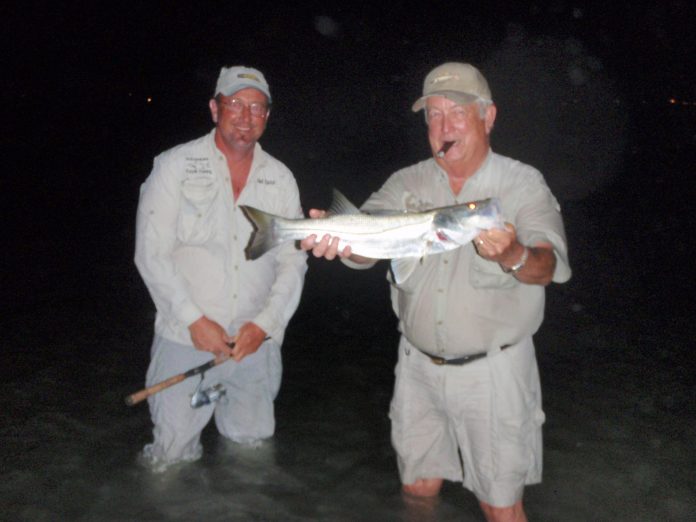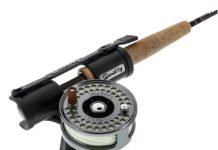By Bob Wattendorf
MyFWC.com
| Most anglers just want to catch the opportunity to relax outdoors. Numerous studies have shown that catching fish to eat or catching a trophy fish is not the motivation behind most recreational fishing trips. A recent report from AnglerSurvey.com shows that 60 percent of anglers release most of the fish they catch; 18 percent release all the fish they catch; and only 21 percent keep everything they can legally. Those statistics are consistent with the reasons that most anglers choose to go fishing. |
Spending quality time in nature and with friends and relatives, away from the pressure of everyday life, consistently are the top reasons for being a recreational angler. The challenge of fishing and the opportunity to connect with our heritage and to pass it on to future generations also beckon many who pick up a rod and reel and head to the water. Henry David Thoreau said it best, “Many men go fishing all of their lives without knowing that it is not fish they are after.” From a conservation standpoint that is great news for all of us. Our treasured fisheries must be shared by more people each year, and quality habitat is dwindling in many areas in spite of great efforts to protect and restore lakes and rivers. Consequently, a willingness to practice catch-and- release helps to ensure the future of the sport and the involvement of future generations in protecting our natural resources. However, for catch-and- release to enhance the fishery, certain basic procedures must be followed. Whether the release is mandated by law, the convenient choice of the moment, or an adhered to conservation principle, certain practices should be applied. Catch-and-release is a proven technique and even very large bass may be caught several times with proper handling techniques. Follow these tips for successful release of freshwater fish. 1. Use hooks with barbs bent down or filed off, to allow easy removal. 2. Strike quickly, to avoid the fish swallowing the hook. 3. Play fish rapidly, to prevent wearing them out; the more they fight and jump, the higher their stress hormones and less chance of survival. 4. Don’t use gaffs or even abrasive landing nets in order to prevent scale loss. 5. Don’t squeeze the fish; support it under the belly with a grip on the lower jaw, to prevent damaging internal organs or breaking the jaw. 6. Keep fish out of water as little as possible; they don’t breathe any better in air than you do under water. 7. Use dehooking tools, to minimize the time out of water and the tendency to squeeze the fish. 8. Cut the line if the hook was swallowed; the stomach acid will dissolve the hook. 9. Don’t use fish stringers in order to prevent fatal damage to the gills. 10. Revive fish when needed by gently moving them back and forth horizontally in the water, to help get oxygen to the gills. In fresh waters, the fish are seldom deep enough to require a bass to be vented or fizzed; this just adds stress, so don’t do it. 11. If you are placing a fish in a live well, make sure the aerator is working and the water temperature is at least as cool as the water the fish are from, using a little ice to cool it down if necessary, but avoid drastic temperature shocks for the fish placed into the well or released back to nature. 12. Commercial adjuncts that provide a little salt can help the fish to deal with the stress. Remember the oft quoted adage from Lee Wulff, “A good gamefish is too valuable to be caught only once. The fish you release is your gift to another — Bob Wattendorf |
- The Neil Blog - March 23, 2024
- ++++++++++++++++++++++++++++++++++++++++++++++++++++++++++++++++++++++++++++++++++++++++++++++++++++++++++++++++++++++++++++++++++++++++++++++++++++++++++++++++++++++++++++++++++++++++++++++++++++++++++++++++++++++++++++++++++++++++++++++++++++++++++++++++++++++++++++++++++++++++++++++++++++++++++++++++ - June 25, 2023
- Nature Coast:William Toney - December 12, 2021











